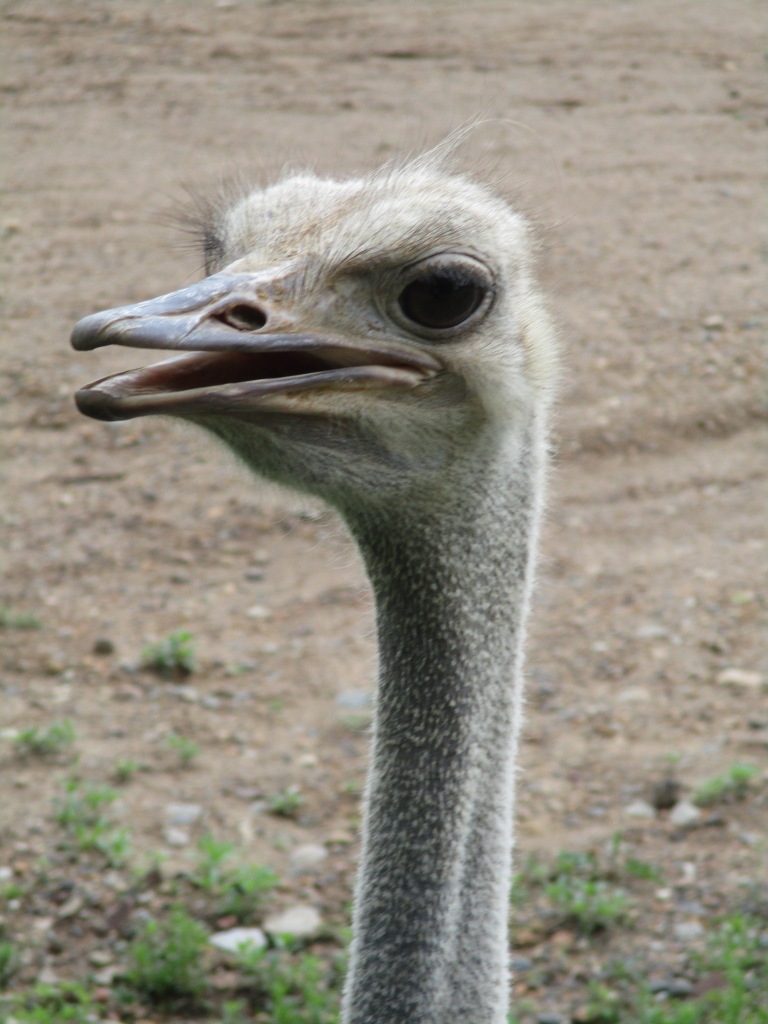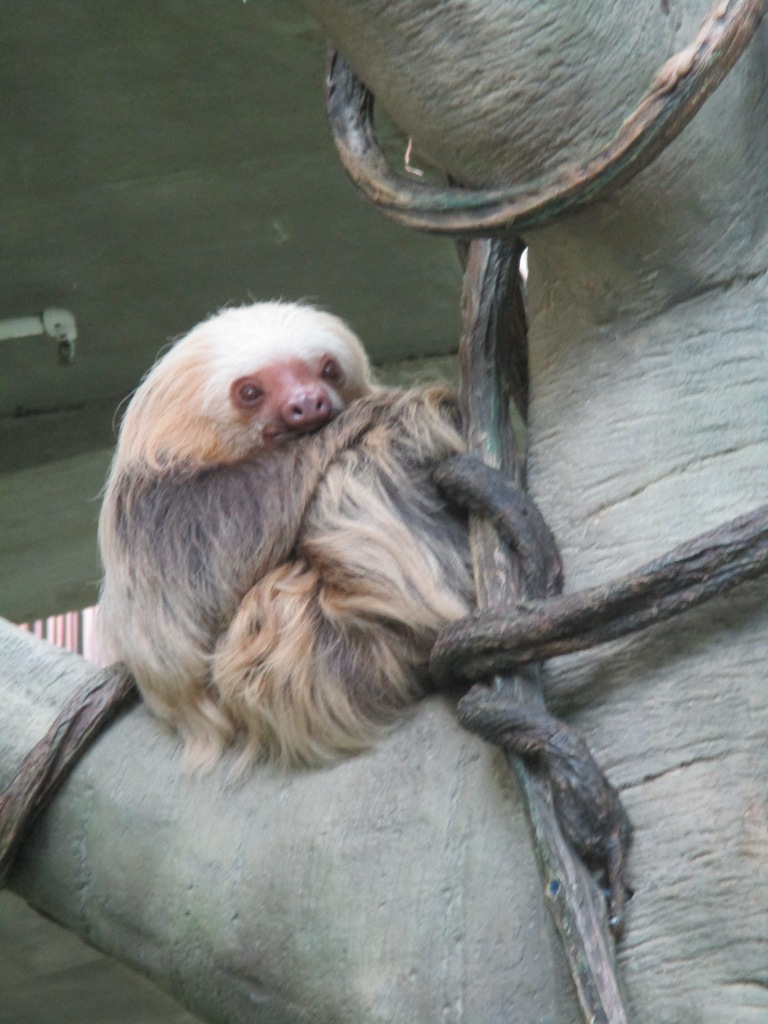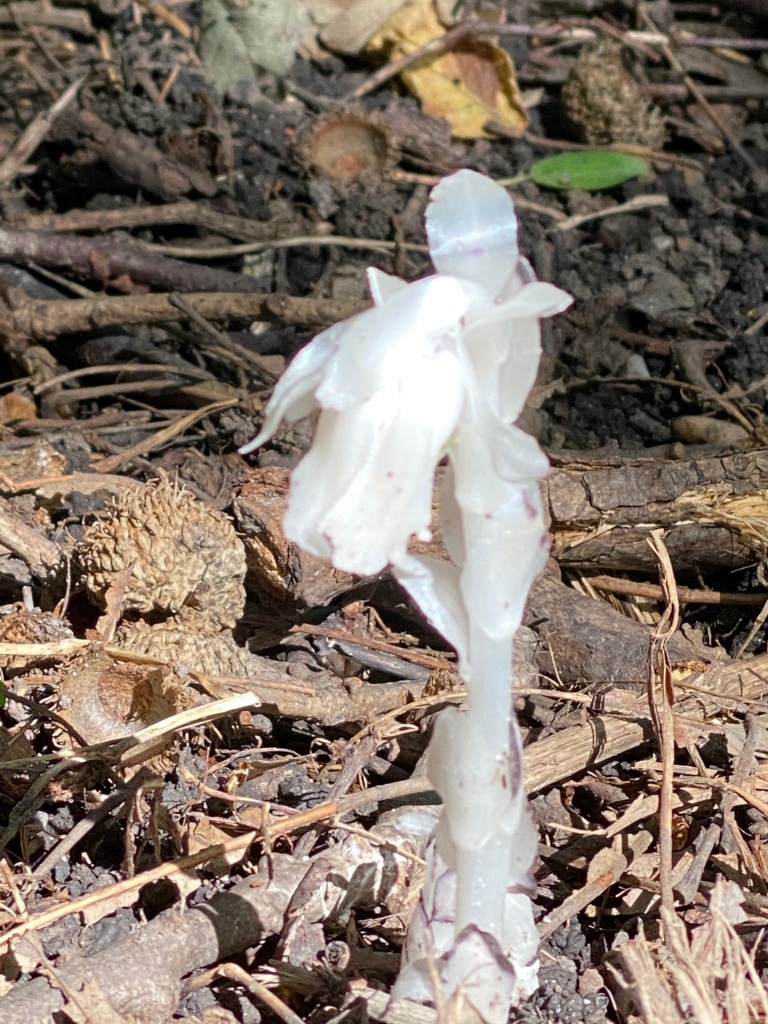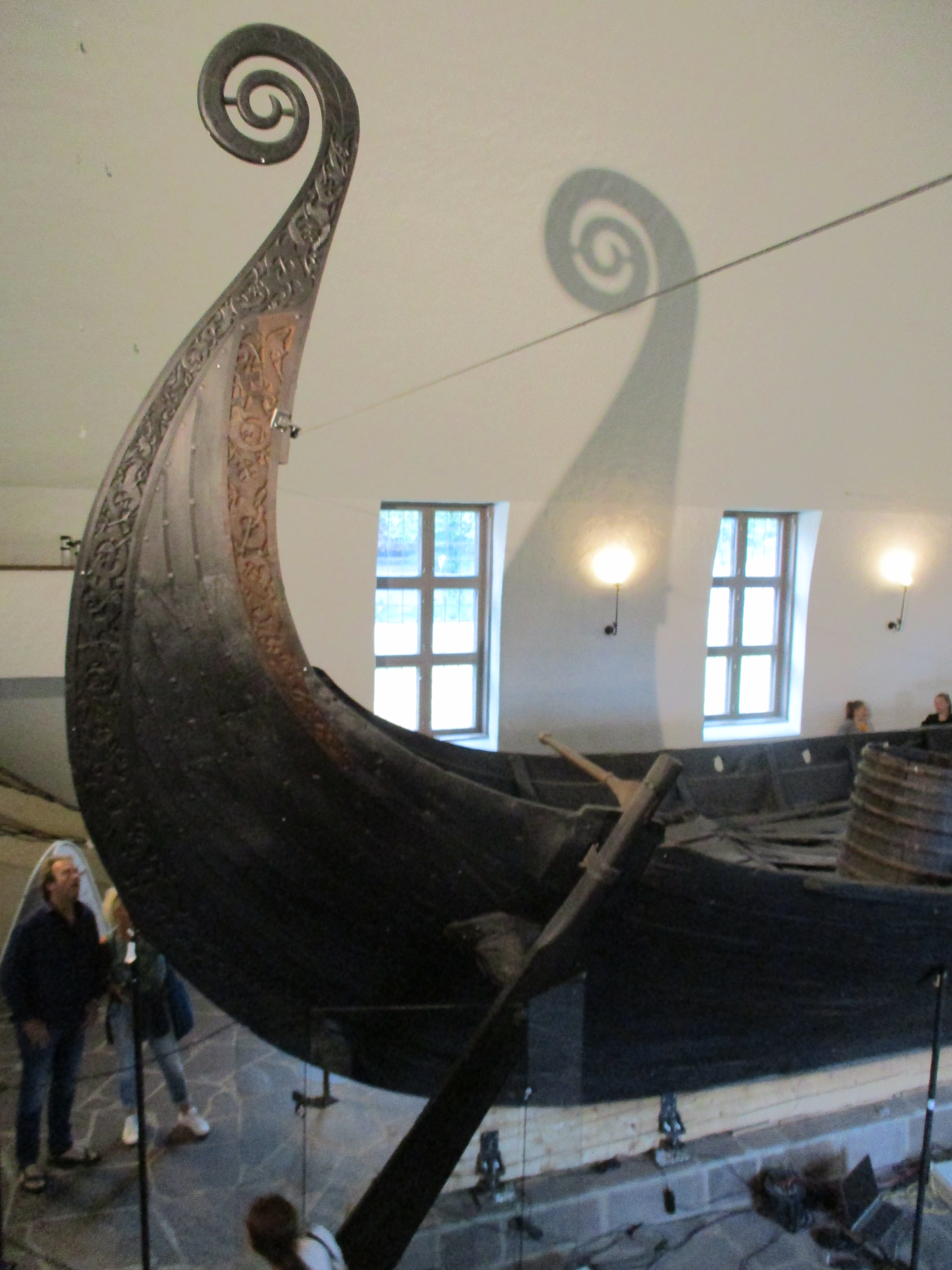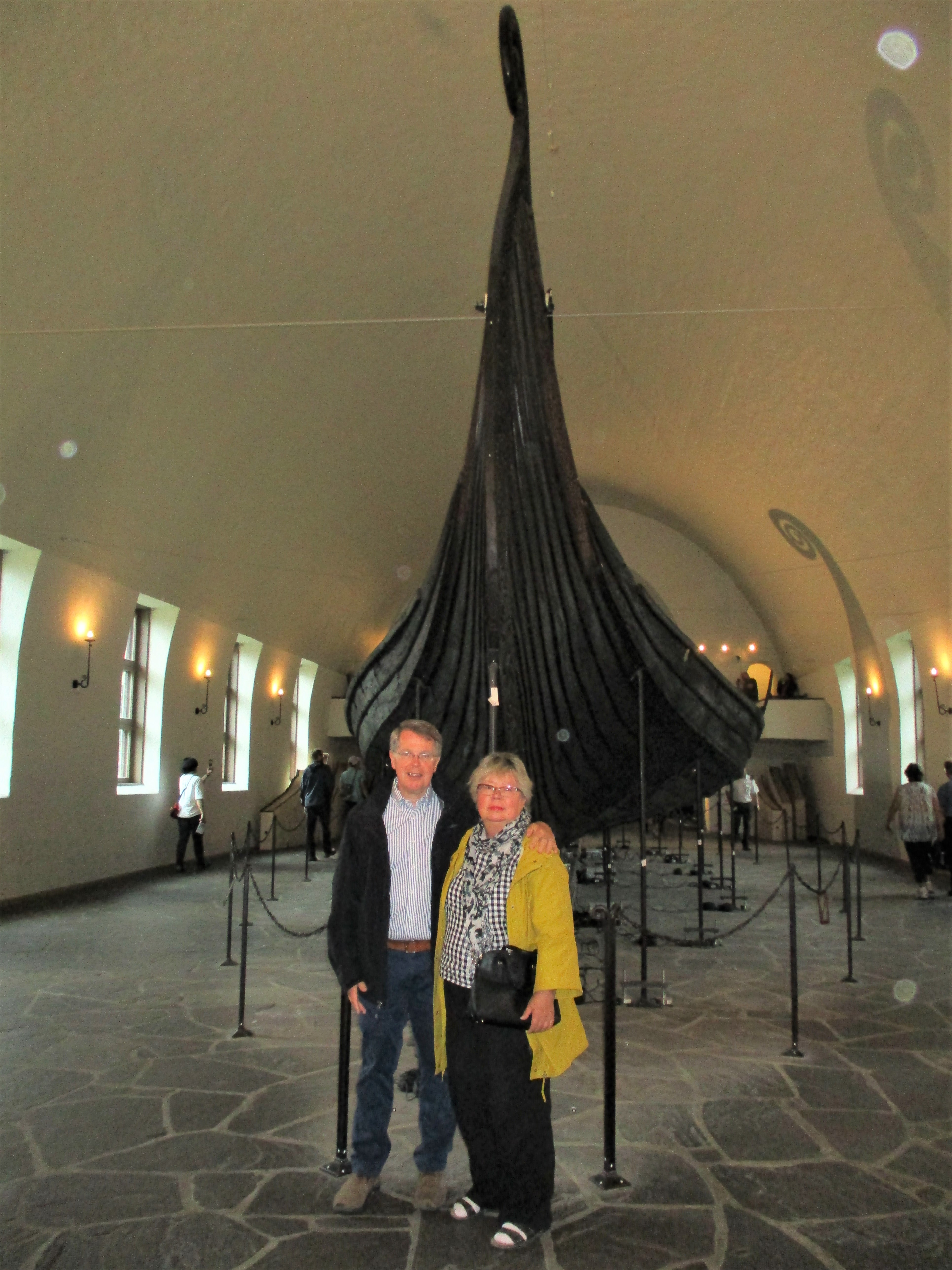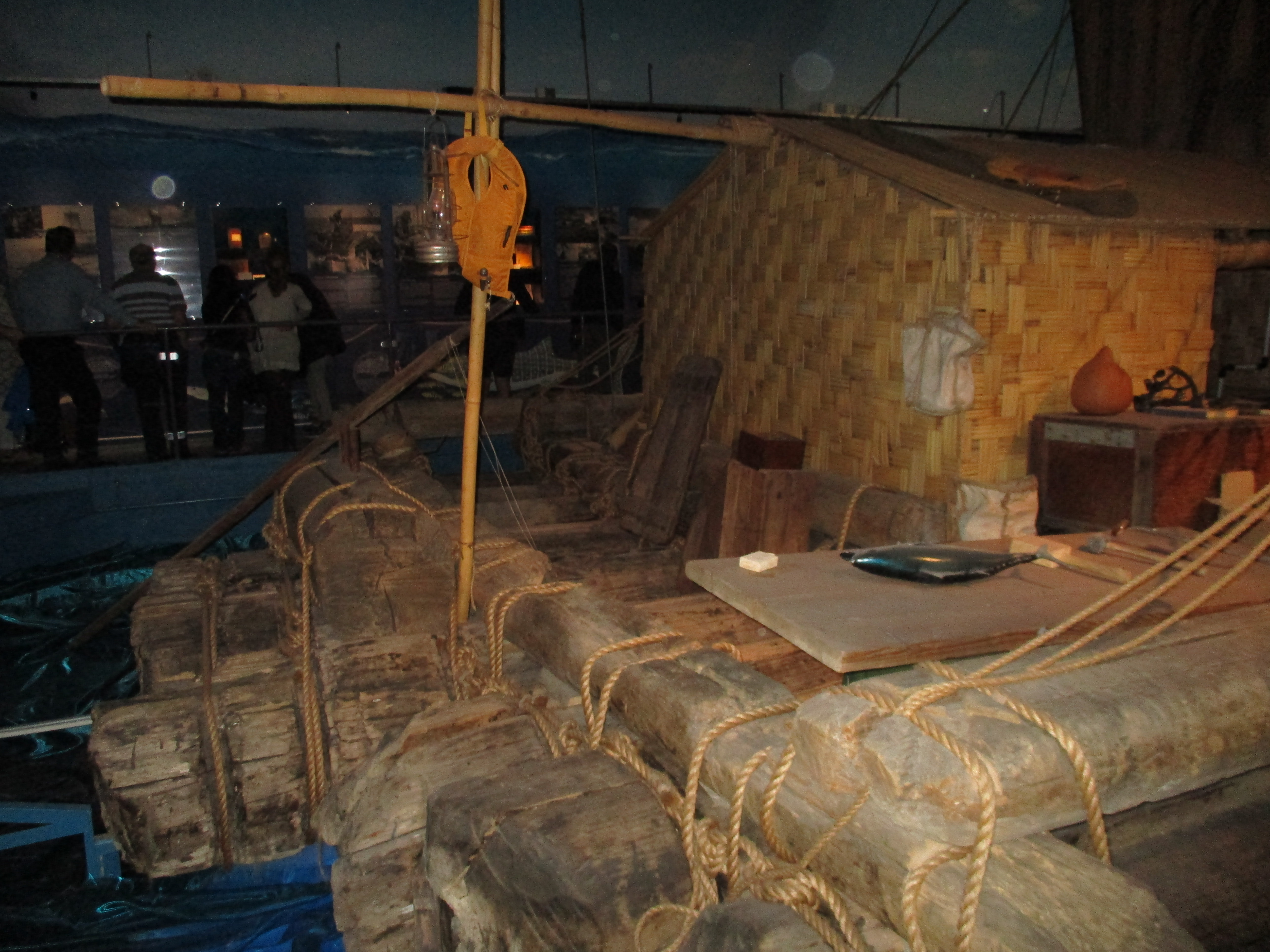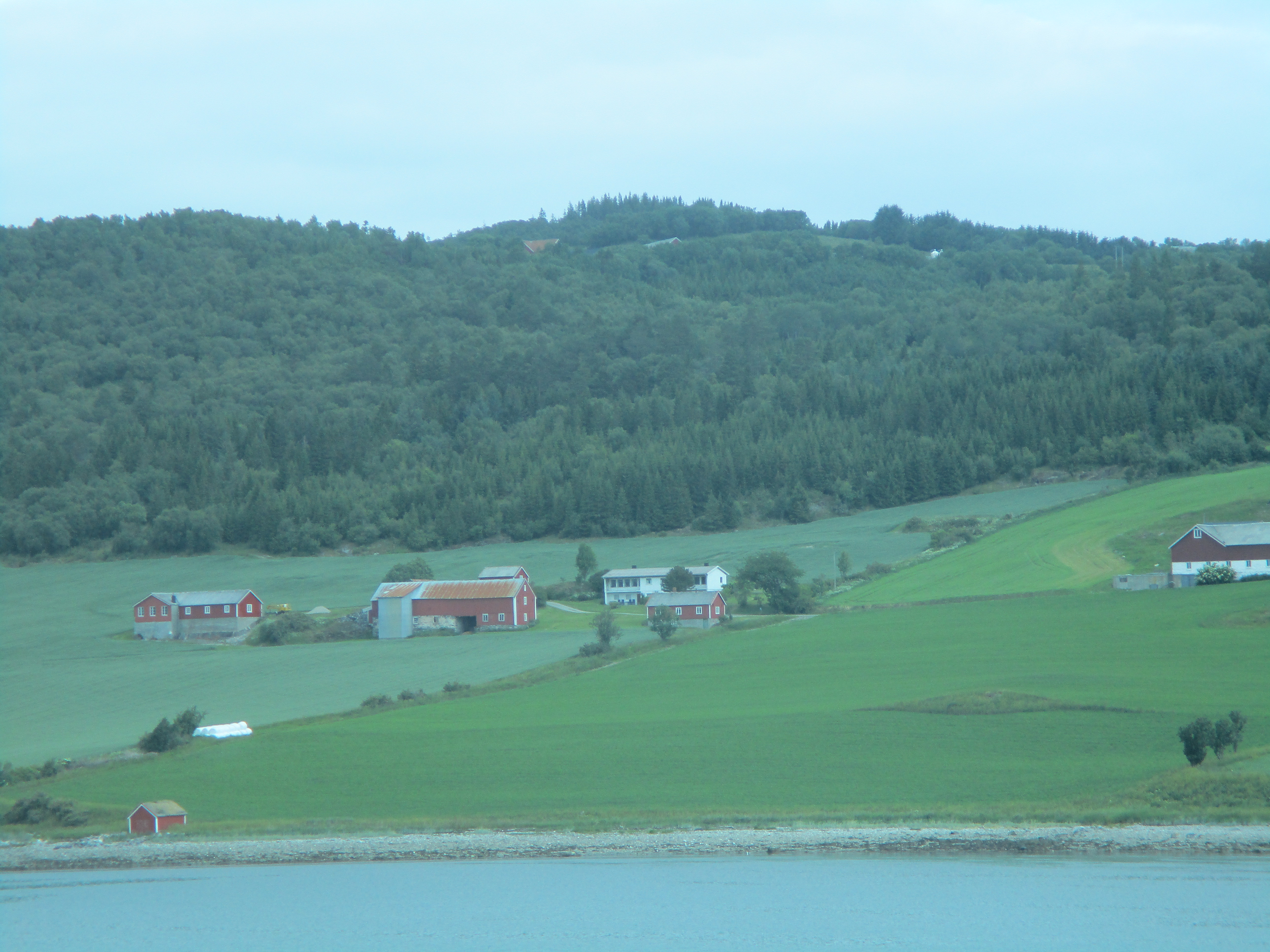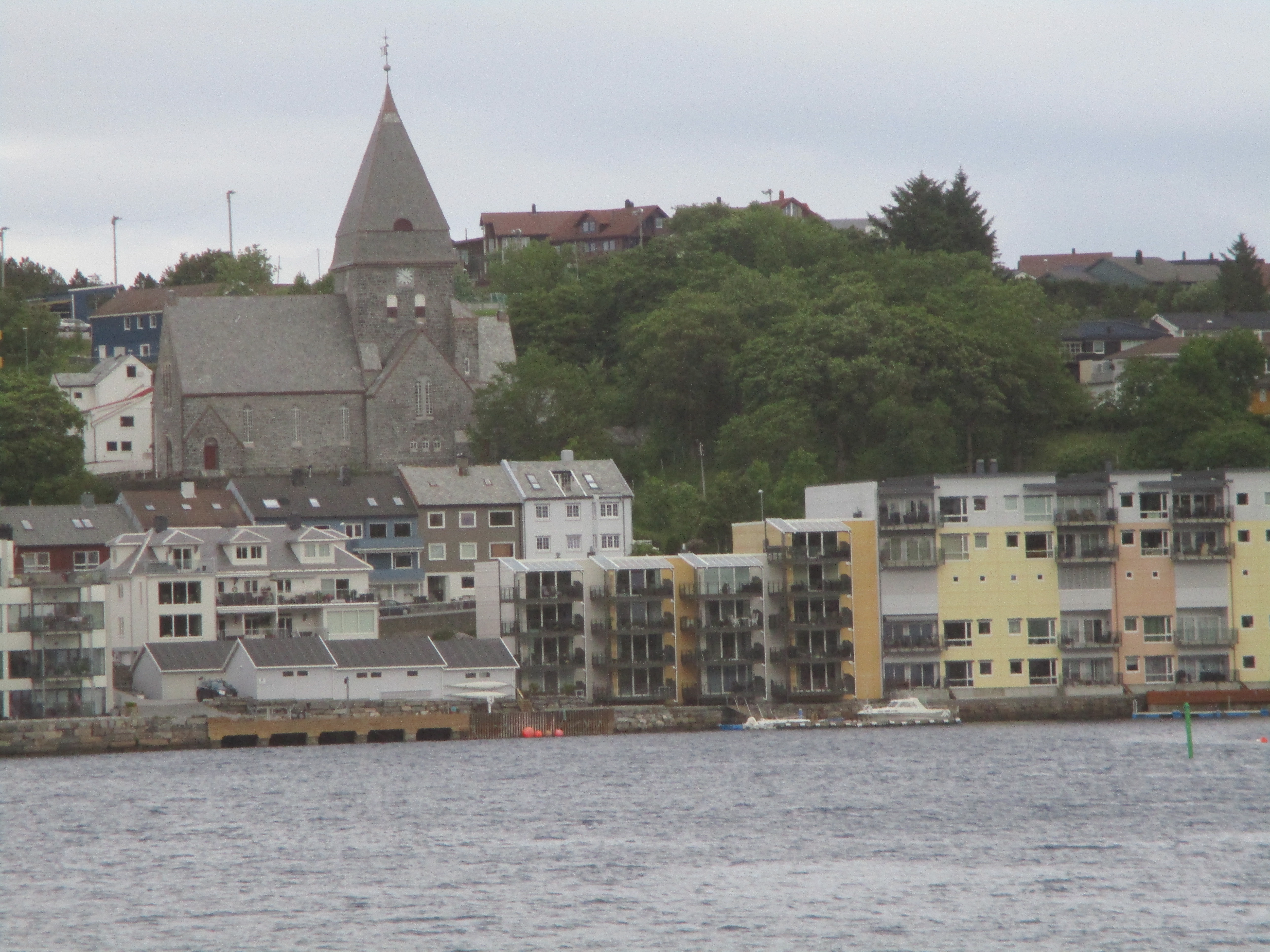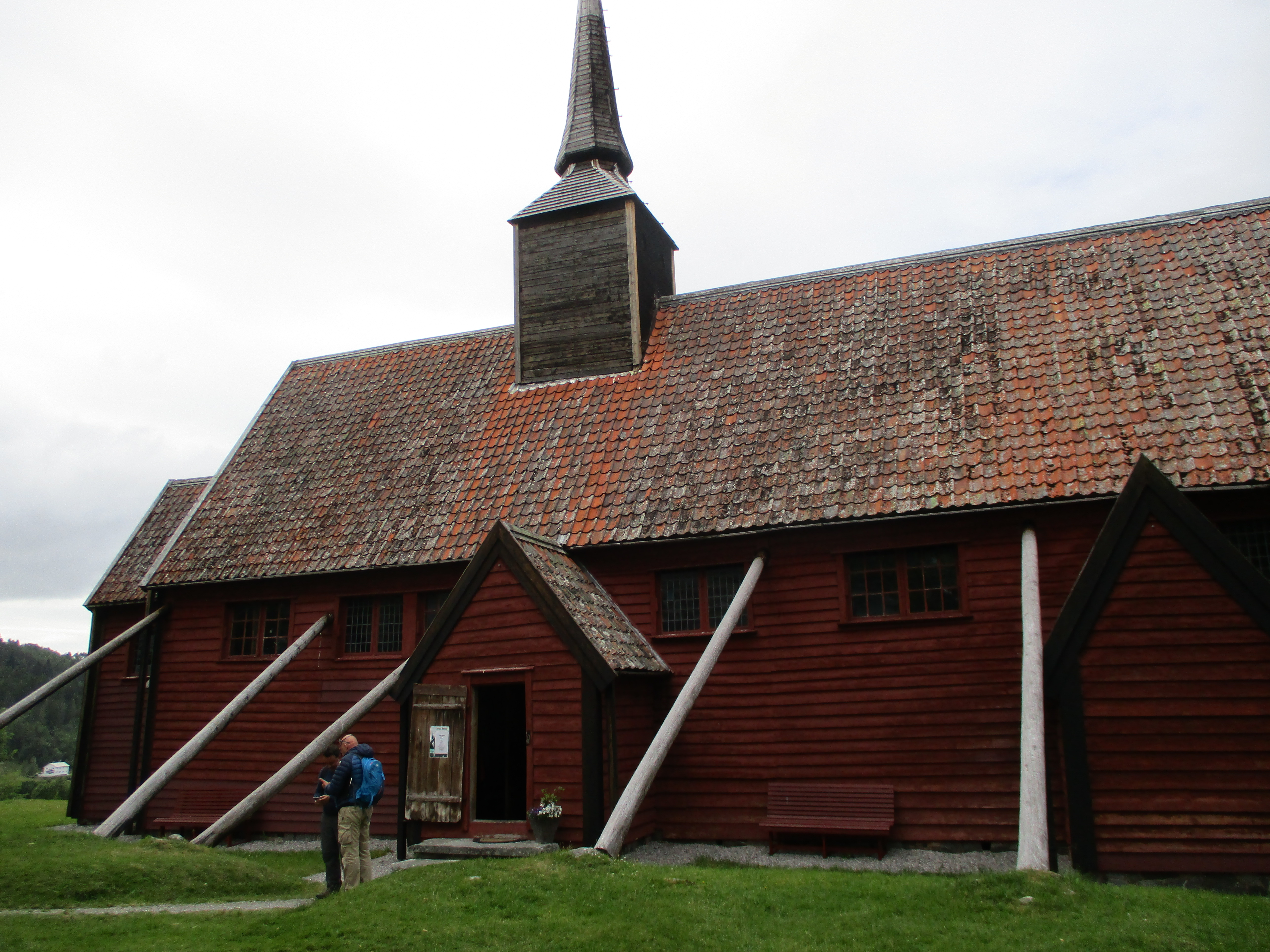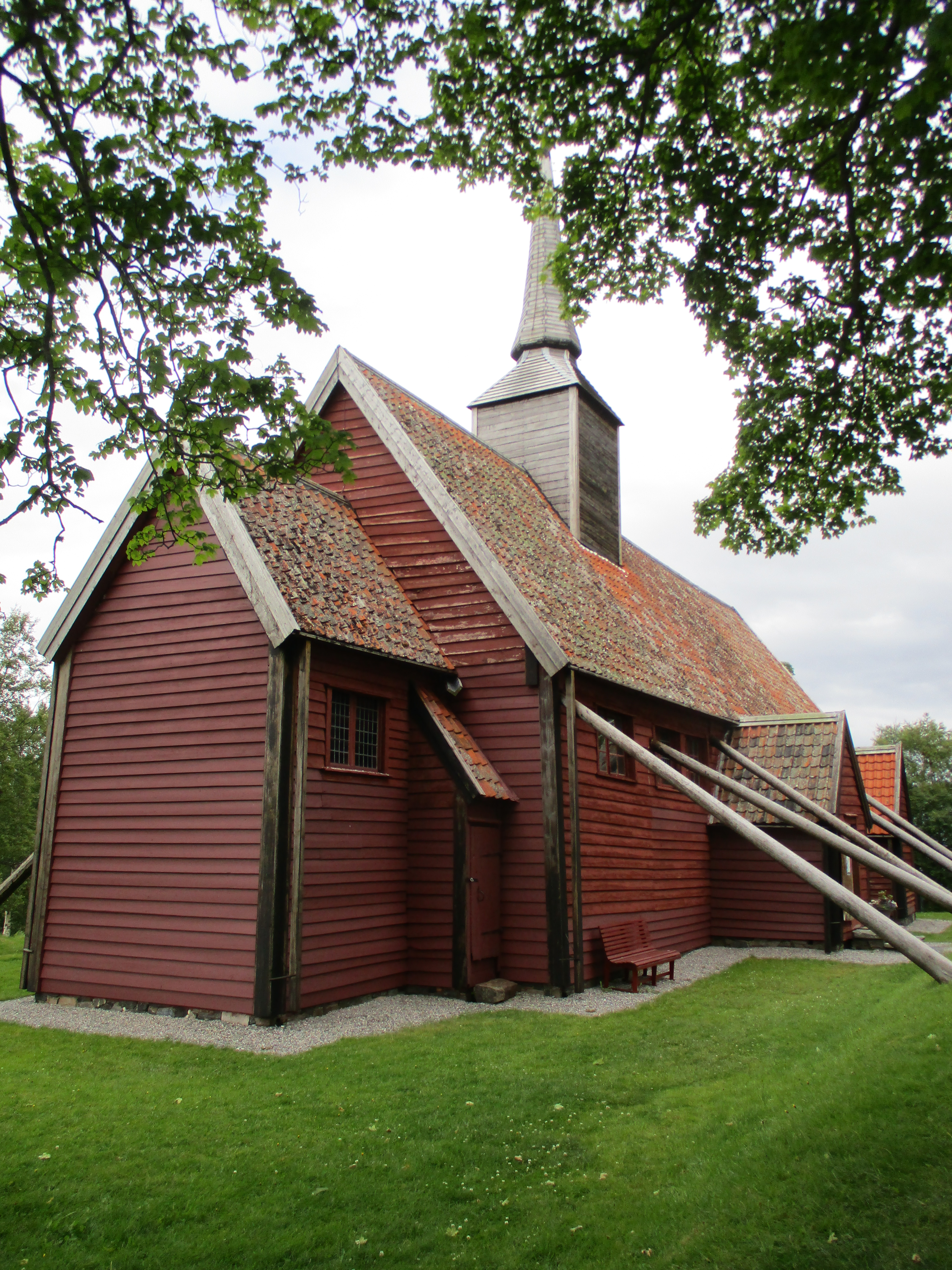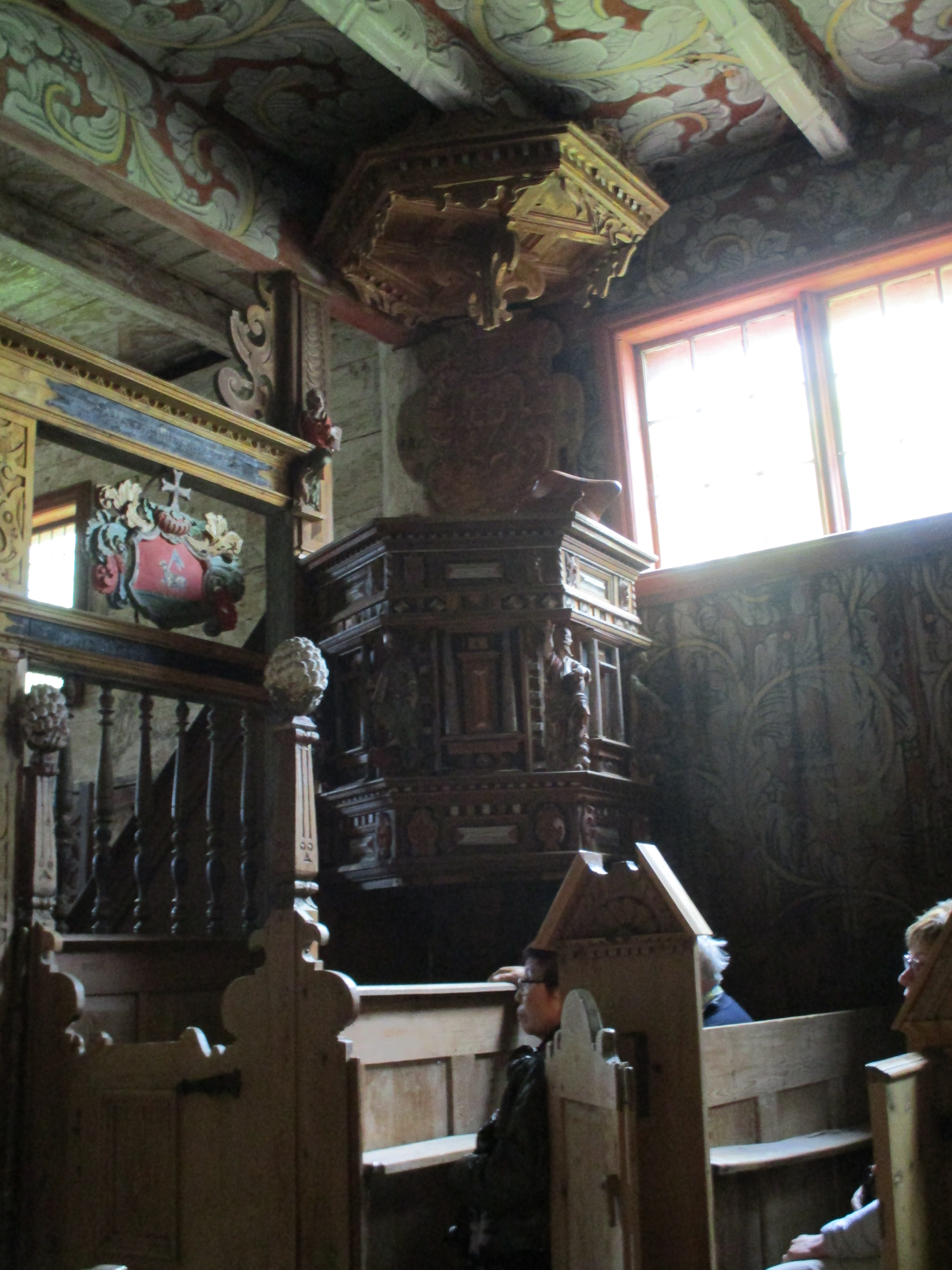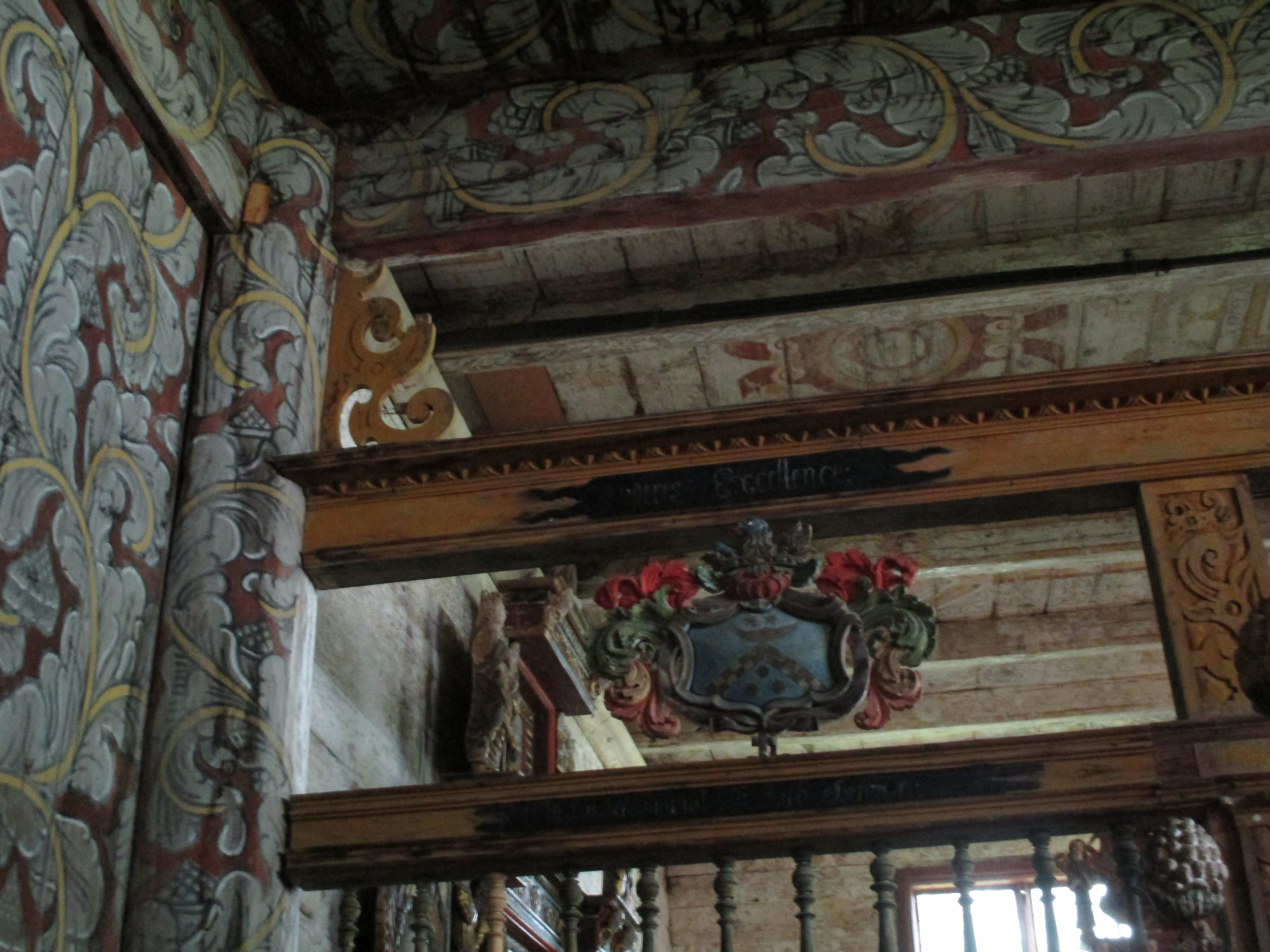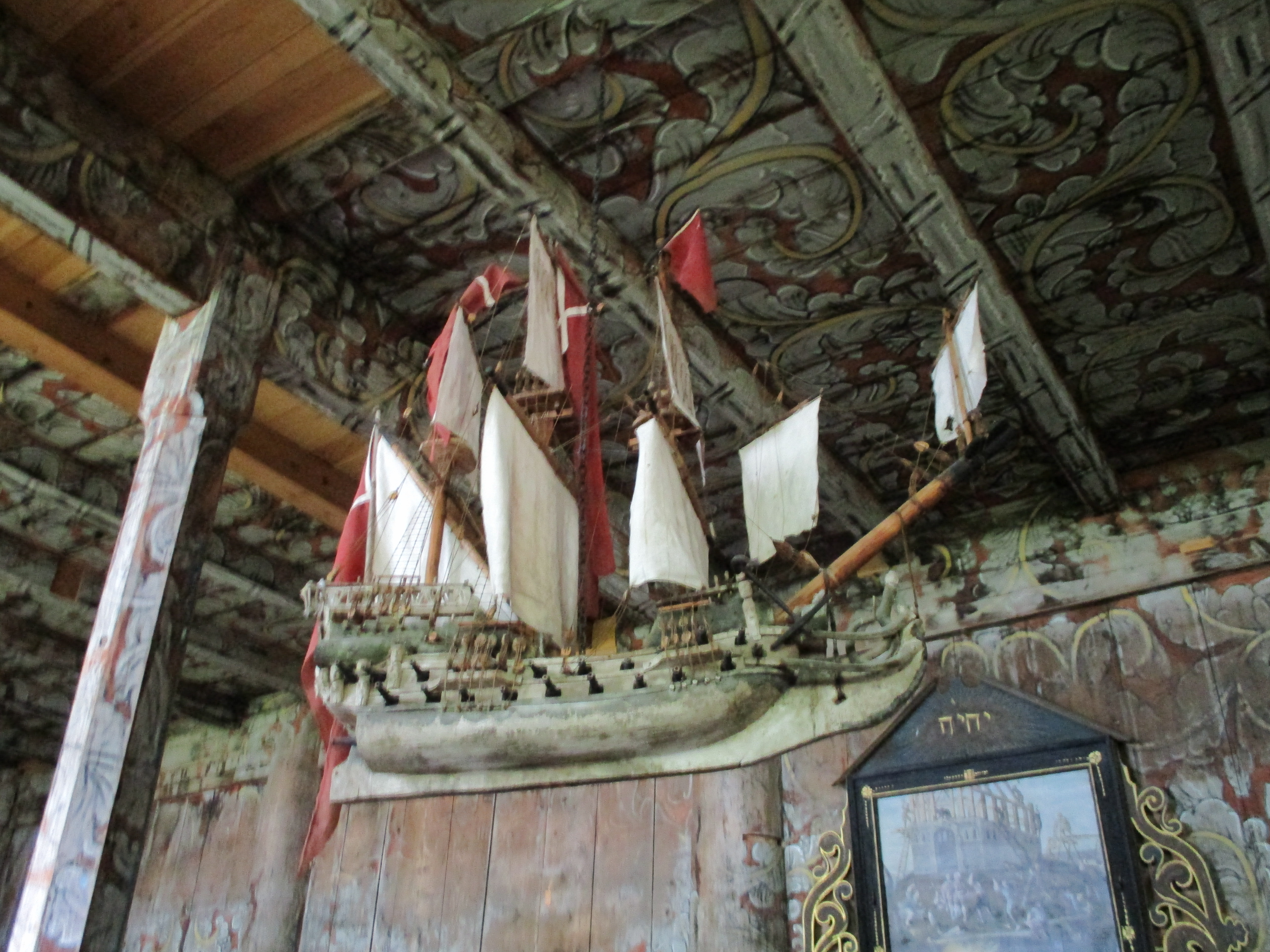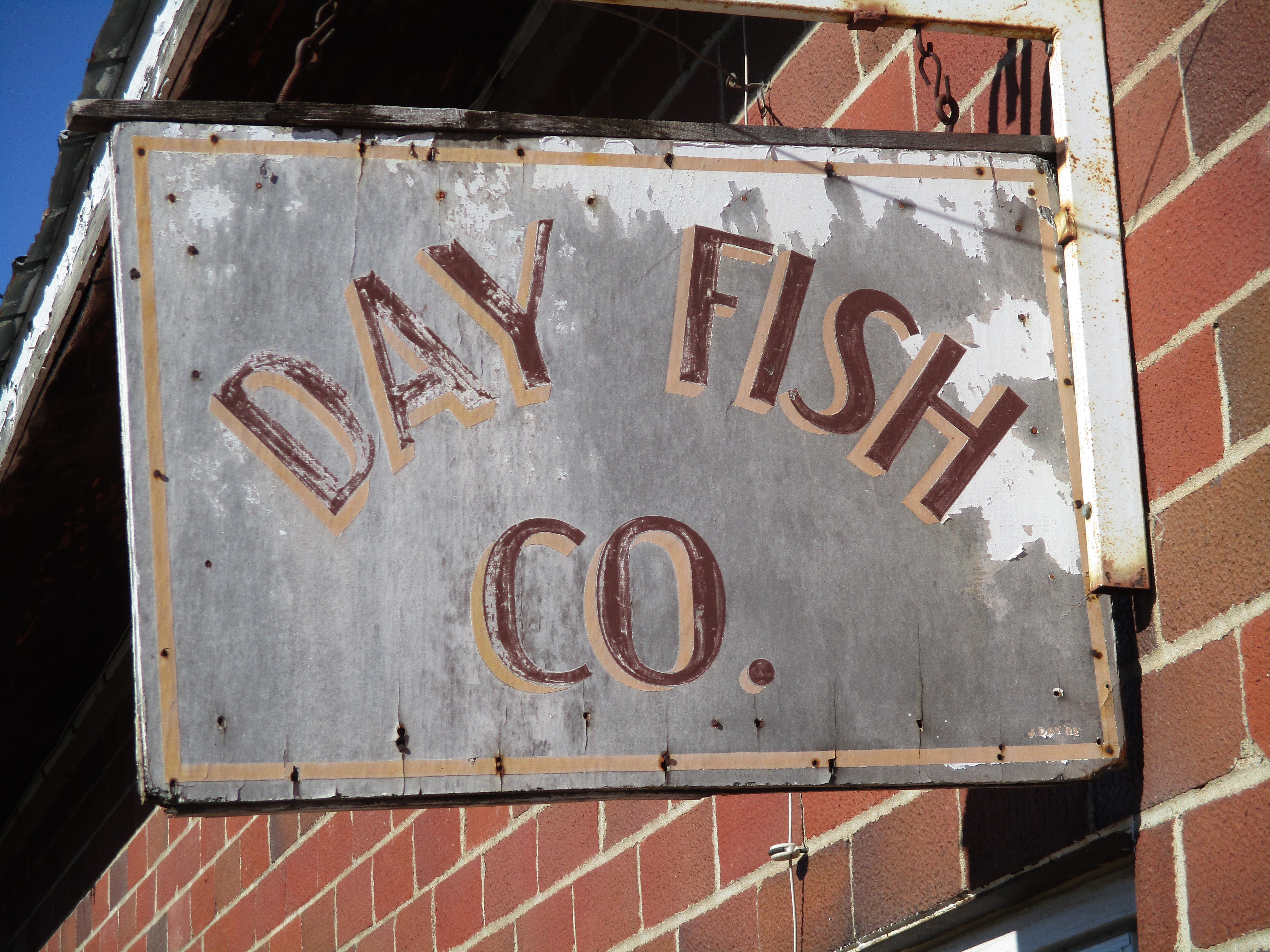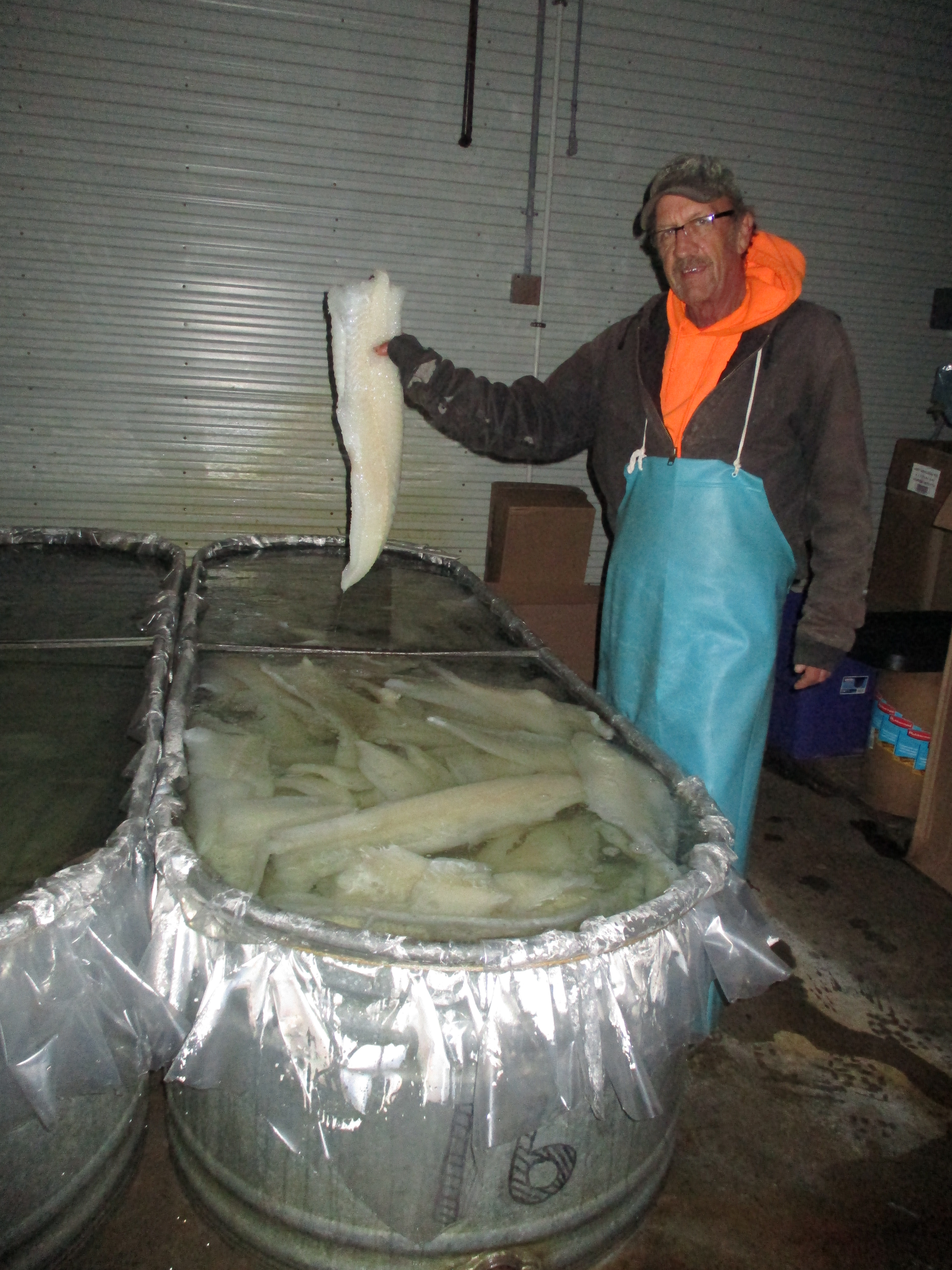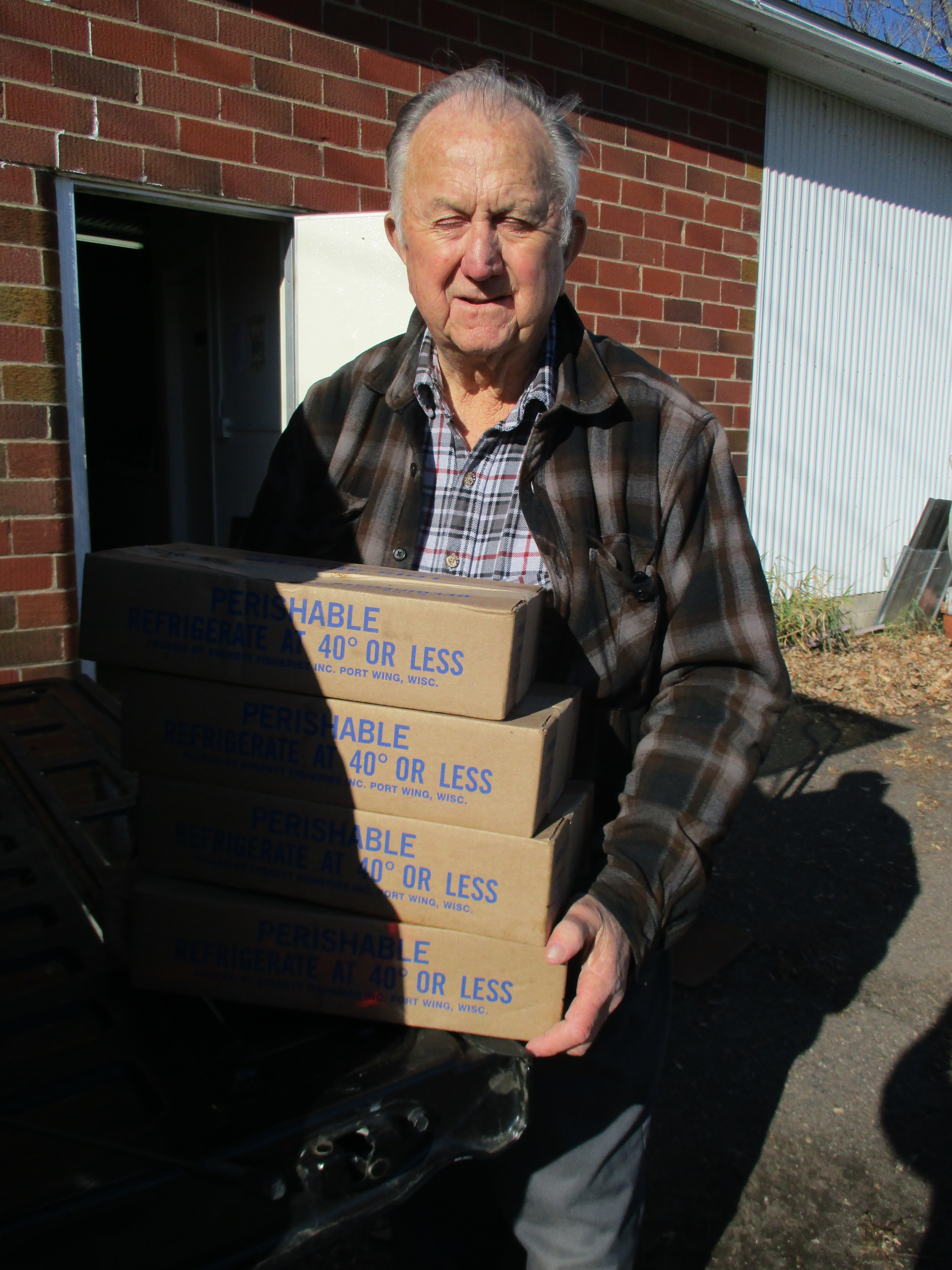
Wildlife Rehabilitation Center of Minnesota
Image: wrcmn.org
Lu Ann Sidney has spent nearly 24 years with LNS Consulting Services in Victoria, Minnesota. As principal with the company, she oversees materials selection for medical devices, as well as aspects of electron beam and gamma radiation processing, project management, and manufacturing. Beyond her efforts at LNS, Lu Ann Sidney is an active philanthropist and animal lover. In addition to her work with organizations such as the Prairie Dog Coalition of the US, she is a supporter of the Wildlife Rehabilitation Center of Minnesota.
The Wildlife Rehabilitation Center of Minnesota (WRCMN) provides individuals with a number of helpful tips when it comes to encountering injured or potentially orphaned animals. If possible, the center encourages individuals to safely contain and bring in injured animals, as the location lacks ambulatory services. Similarly, individuals can bring in any animals crawling with worms, ants, or flies.
The organization’s website, www.wrcmn.org, provides a depth of information when it comes to safely containing animals, particularly grounded bats. Of course, individuals should not approach animals that pose a physical threat to humans, such as herons or foxes. In these situations, a person should call WRCMN at 641 486-9453 and determine the most prudent course of action, which may involve contacting local animal control.
Uninjured orphaned animals that are discovered in a safe location should be left alone until further notice from WRCMN or local authorities, though it is important to make sure the parent is not nearby. Meanwhile, orphaned animals on or near busy roadways should be contained and removed from the area as soon as possible.


